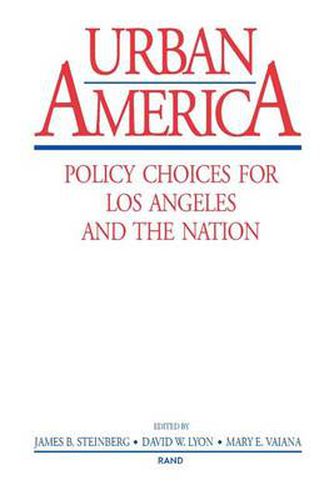The Los Angeles civil disturbances of 1992 brought America’s long-term urban problems into new focus and raised concerns about the effectiveness of government solutions. This report attempts to provide answers in a series of essays on four general areas of urban problems: inner city; children, youth and families; crime and criminal justice; and public services and social welfare. Each essay defines the nature of the problem, describes and evaluates remedies tried in the past, and evaluates current policy ideas in terms of risks and benefits. The editors note that many serious urban problems lie outside local government’s control, but federal decisionmakers have not been attentive to the effect of their policies at the local level. They suggest that, given the complexity of these problems, decisionmakers must be willing to implement policies that may benefit only a part of the target population. In addition, policymakers and the public need to have realistic expectations about what government can achieve, and must recognize that policy will have a limited effect at best if it tries to swim against broad social and economic currents.





